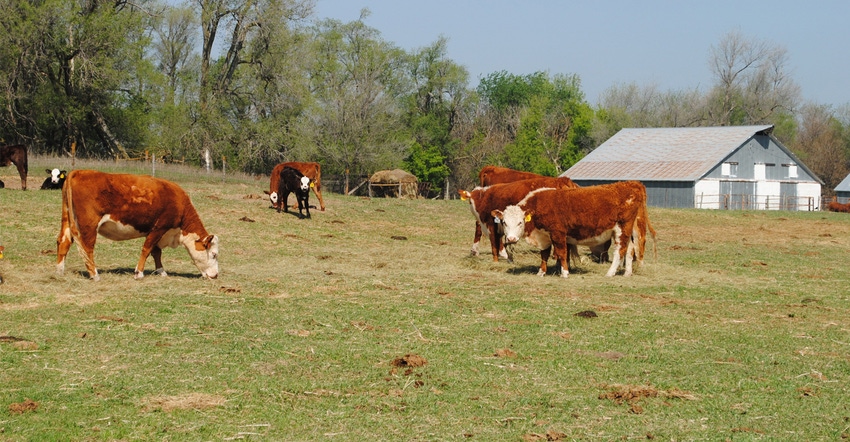
Prairie states are all prairie, pastures and crops, right? Well, not exactly. Nebraska, Kansas, North Dakota and South Dakota have a total of 12 million acres in tree cover, but 5 million of those acres are in windbreaks and riparian corridors outside of forested areas that haven’t been inventoried in recent years.
The Prairie States Forestry Project and Shelterbelt Program implemented as part of the New Deal beginning in the 1930s was one of the largest environmental projects in U.S. history. Through those efforts, 30,000 shelterbelts were planted covering 18,000 miles across the Plains.
Very little has been done in recent years to decipher how those shelterbelts are faring, if they still exist at all. A project underway at the National Agroforestry Center (NAC) in Lincoln, Neb., has converted original paper maps of those old shelterbelts into geospatial data, so researchers can use digital aerial photography and GIS software to compare current land uses on those same locations.
Some preliminary data comparing the original maps to 2010 aerial photography in Antelope County in northeast Nebraska found that 38% of the original windbreaks were still intact, with 40% partially intact and 22% no longer in existence. “We know that original windbreaks from the New Deal plantings are still in existence,” says Dacia Meneguzzo, U.S. Forest Service research forester. “But these trees are getting old.”
In 2008 and 2009, state forestry agencies in the four states came together with USFS and conducted a sample-based assessment of all of their tree resources — not just trees in forests. Known as the Great Plains Tree and Forest Invasives Initiative, this multi-agency effort estimated there are 5.1 million acres in windbreaks, riparian forests and other tree resources outside of forests in the four-state region. However, only tabular summaries were produced, and GIS datasets of those resources were still lacking. Since then, the Kansas Forest Service has been able to identify windbreak locations and estimate acreage and condition for targeted areas in the state.
Project in 2 phases
The persistent need for detailed maps and more comprehensive information in the Plains prompted the formation of a targeted task force. USFS Forest Inventory and Analysis program and NAC developed a more effective method of mapping trees outside of forests. In Phase 1, a baseline of these trees is being created by mapping tree cover from high-resolution aerial photography that can provide data about a location of windbreaks and riparian woods. Using the baseline information, changes in tree cover can be monitored over time through repeat mapping.
“We have completed statewide maps of tree cover for Kansas using 2015 imagery and Nebraska with 2014 imagery,” says Meneguzzo. “North Dakota and South Dakota have each begun similar mapping efforts for their states, and the Texas panhandle is being mapped as well,” she says. “Mapping is also beginning for earlier dates in Kansas for 2010 and Nebraska for 2009, so we can assess changes in windbreaks over those five-year periods.”
In Phase 2, function can be assigned to each patch of tree cover, identifying windbreaks and riparian corridors. “We take the maps created in Phase 1 a step further and parse out the mapped tree cover into windbreaks and riparian buffers versus other configurations of tree cover,” Meneguzzo explains. “This first-of-its-kind data set will give landowners and natural resources professionals a baseline of what is out there for tree resources. Our hope is that the data will also be useful for targeting areas where conservation tree plantings or windbreak renovation efforts will be impactful.”
The program will eventually describe the extent, location and function for 5 million acres of tree cover outside of forests over more than 300,000 square miles in the four states and the Texas panhandle.
You can learn more by contacting Meneguzzo at [email protected].
About the Author(s)
You May Also Like






